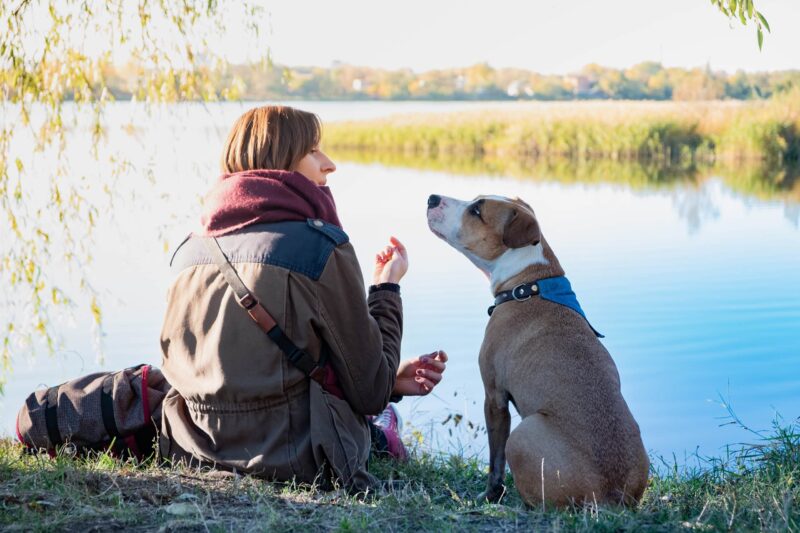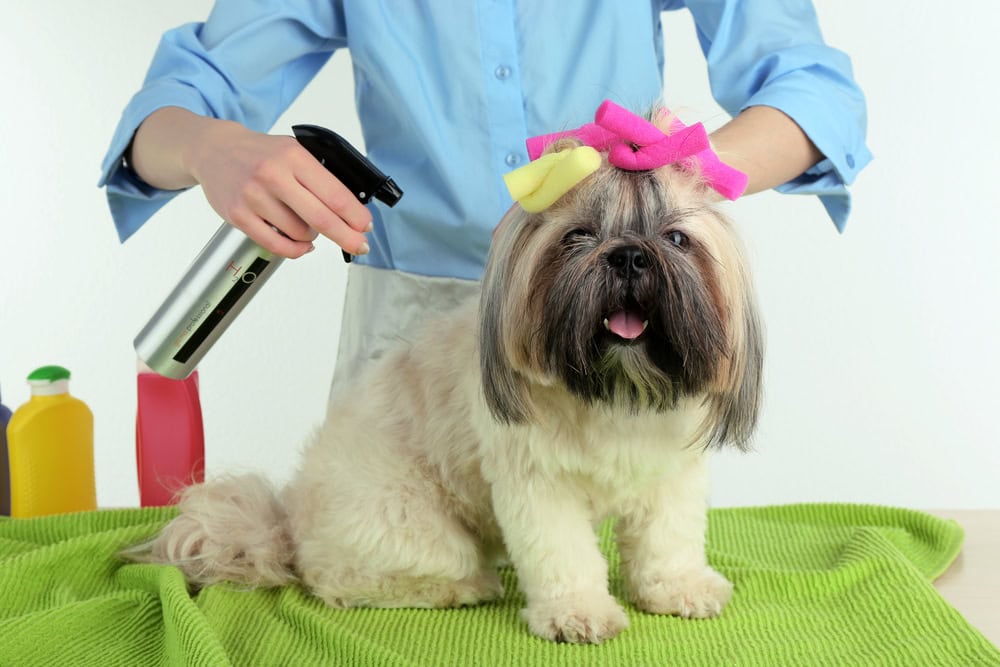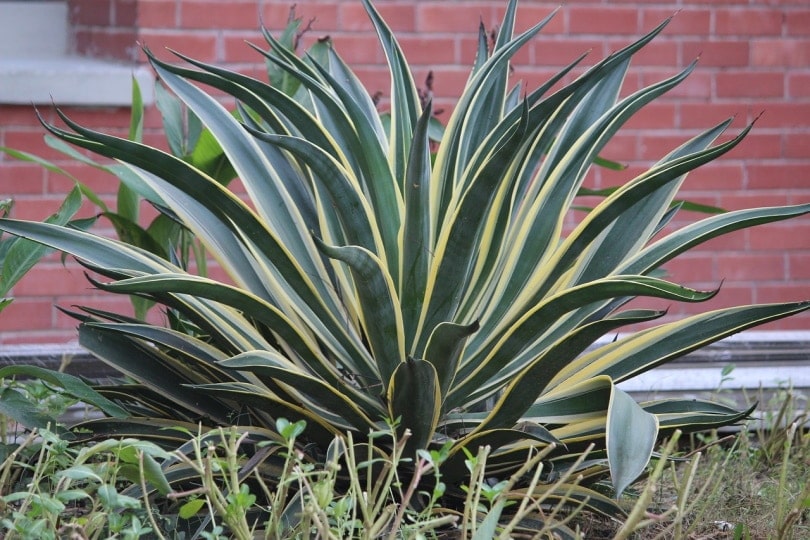Poodle vs Labradoodle: The Differences (With Pictures)

Updated on
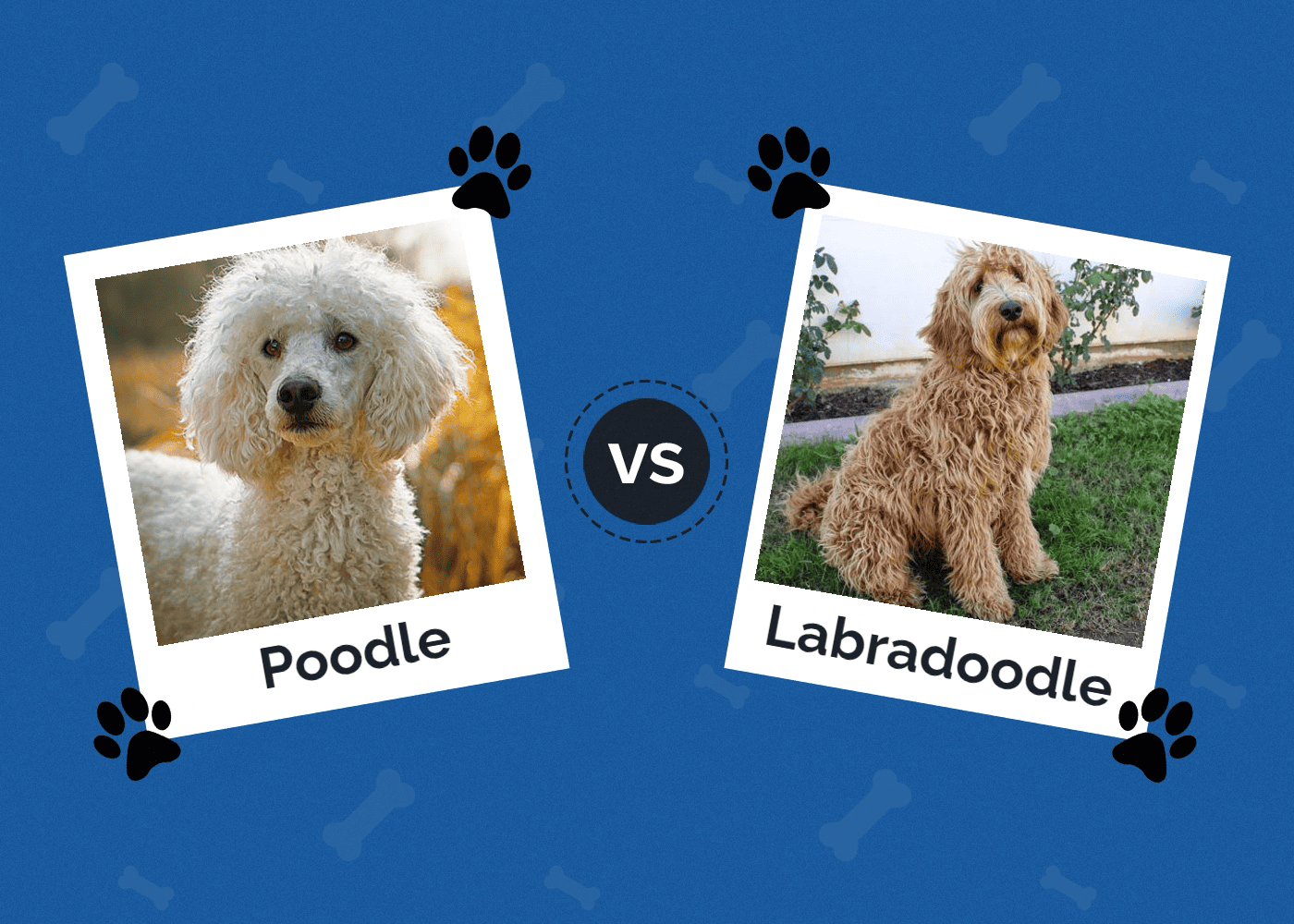
Click to Skip Ahead
Poodles are consistently one of America’s favorite dog breeds, and that popularity only goes up when you start counting designer mixes. Labradoodles—a cross between a Labrador Retriever and a Poodle—are easy to find and similar in appearance and temperament, with a few key differences.
Visual Differences
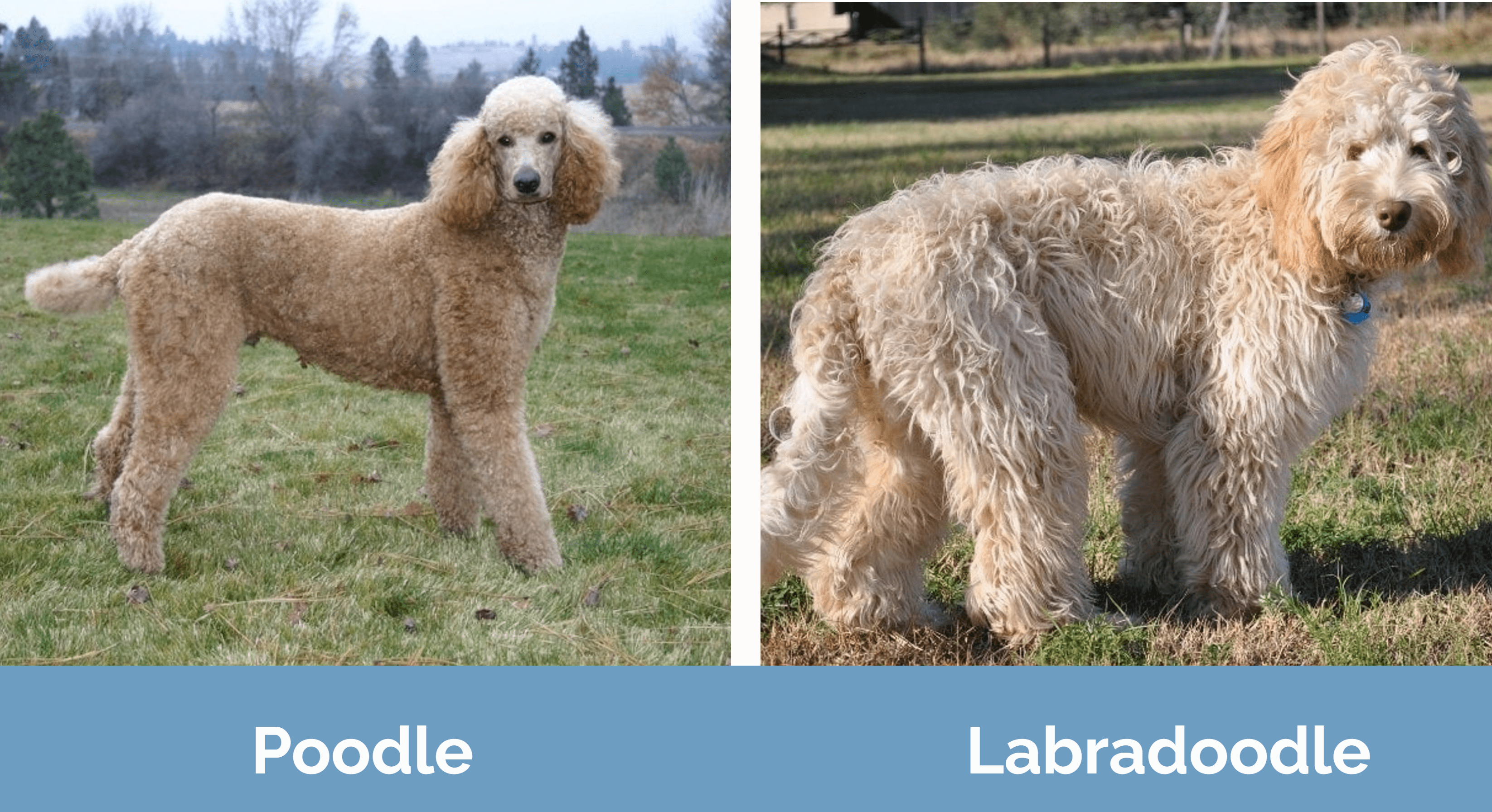
At a Glance
- Average height (adult): 10–24 inches
- Average weight (adult): 10–70 pounds
- Lifespan: 11–14 years
- Exercise: 1+ hours a day
- Grooming needs: High
- Family-friendly: Yes
- Other pet-friendly: Often
- Trainability: High
- Average height (adult): 18–24 inches
- Average weight (adult): 25–70 pounds
- Lifespan: 12–16 years
- Exercise: 1+ hours a day
- Grooming needs: Moderate
- Family-friendly: Yes
- Other pet-friendly: Often
- Trainability: High
Poodle Overview
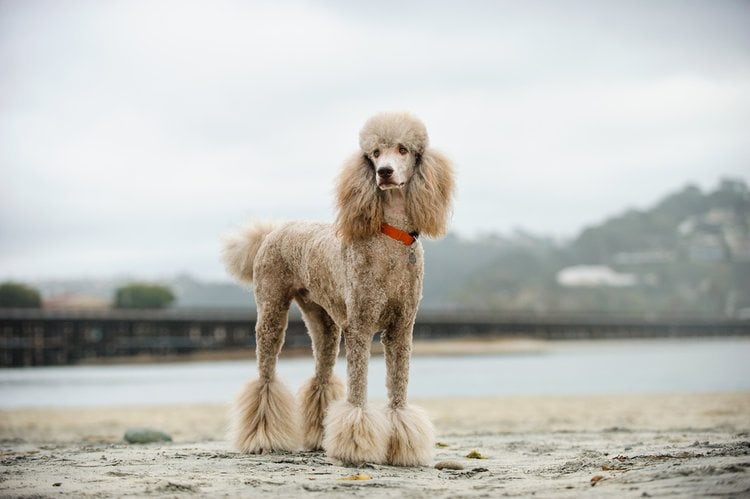
Appearance
Poodles have a distinctive appearance, with long, fluffy coats that are closer to human hair than most dogs’ fur. Their hair is often partially shaved but
Poodles are known for their wide range in size, with three main variations. Standard Poodles are 40–70 pounds, while Miniature Poodles are 12–20 pounds and Toy Poodles weigh in at under 12 pounds. Miniature and Toy Poodles still have the same high energy and excitement of their larger cousins, but they can be a little more manageable to care for if you have a small space.
Personality
Poodles are intelligent, alert, and active dogs with a lot of personality once you get to know them. However, Poodles are also known to be on the more aloof side, especially around strangers. They’re not afraid to get their paws wet, but they can be a little more reserved at playtime as well. Don’t let that reserve fool you, though—Poodles form deep bonds with their owners and can grow to be very attached to their family. Some Poodles lean towards anxiousness and need extra comfort in new situations.
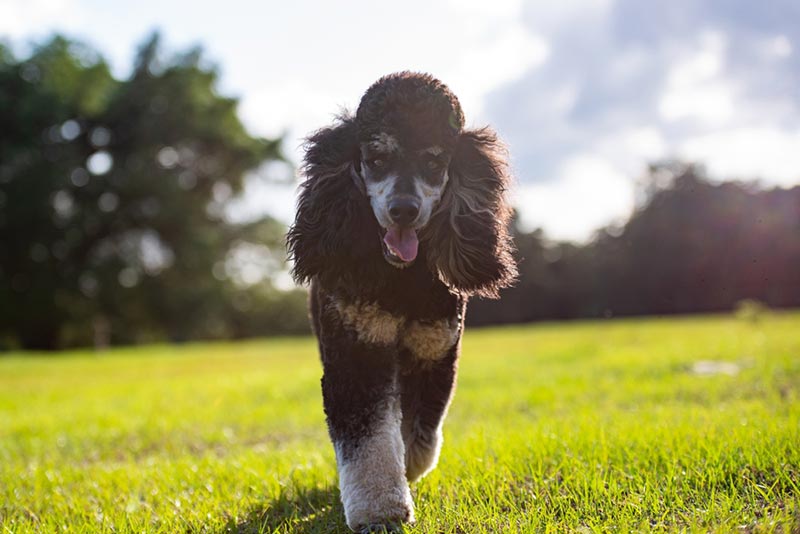
Training
Poodles are highly trainable, but they do need a solid bond with their owners to get things started. Since Poodles are a little more aloof, it’s important to build a relationship of trust and consistency so that they become eager to please instead of stubborn. Due to their intelligence, Poodles can learn simple or complex tasks and will thrive under a consistent, loving schedule and rules in most homes.
Exercise
Poodles are high-exercise dogs! They need about an hour or more of solid exercise every day, including some intensive exercise. Miniature and Toy Poodles are a little easier to exercise because of their smaller size, but this high energy is consistent across all types of poodles. Poodles also need constant mental stimulation to keep them from getting bored.
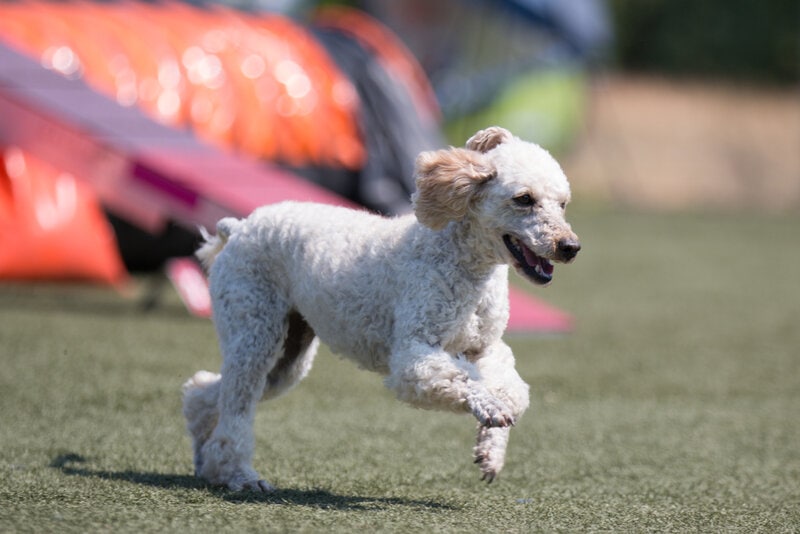
Coat and Grooming
Poodles are famous for their low-shedding, hypoallergenic fur, but it comes at a cost. Poodles generally need brushing several times a week unless their coats are kept very short. They also need regular haircuts approximately every four to eight weeks depending on style and preference. This maintenance helps keep their coat at a reasonable length and avoid matting.
Suitable For
Poodles are great for individuals and families, but they do require quite a time commitment. Poodles need an hour or more of exercise a day and standard-size Poodles do best with quite a bit of space. Miniature and Toy Poodles are better options for apartment dwellers. Poodles do have a fairly high-maintenance coat, but they’re ideal for owners with mild to moderate allergies.
Labradoodle Overview
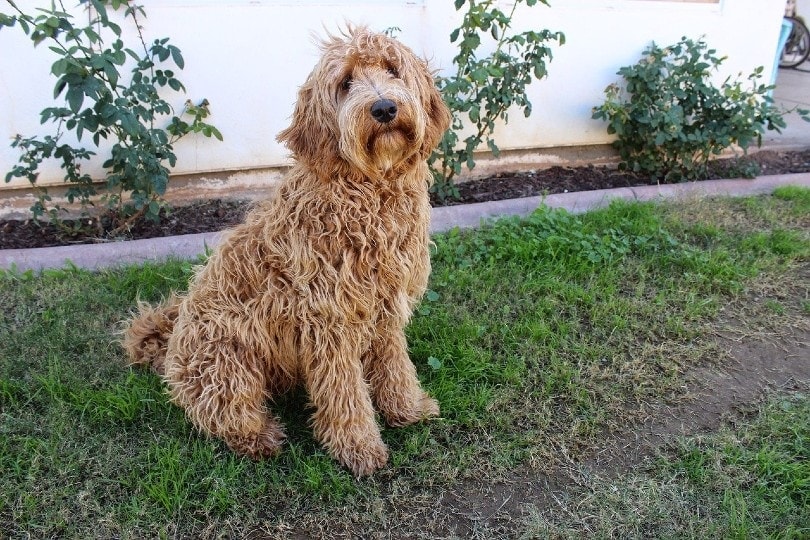
Appearance
Labradoodles are a designer breed, which means that they can take more in appearance from one parent breed or the other. Some Labradoodles have the fluffy hair of a Poodle, but most have an in-between coat that is shorter and sometimes higher shedding than Poodle coats. Labradoodles tend to look more “average” if both parents are Labradoodles (called F2 or later generations) instead of the direct offspring of a Poodle and a Labrador (F1 generation).
Standard Labradoodles tend to be about the size of a large Standard Poodle, coming in at around 45 to 70 pounds. There are also Miniature Labradors available, which are a cross between a Labrador and a Miniature Poodle, but they aren’t quite as small as a Miniature Poodle. Most mini Labradoodles are around 25–35 pounds.
Personality
Labradoodles are similar to a Poodle in intelligence and alertness, but they tend to be a little more laid back and adventurous. Some Labradoodles love to romp around with new and old friends alike, while others stick closer to familiar friends. However, Labradoodles are much less likely to be high anxiety than Poodles. They also are more likely to bark than Poodles.
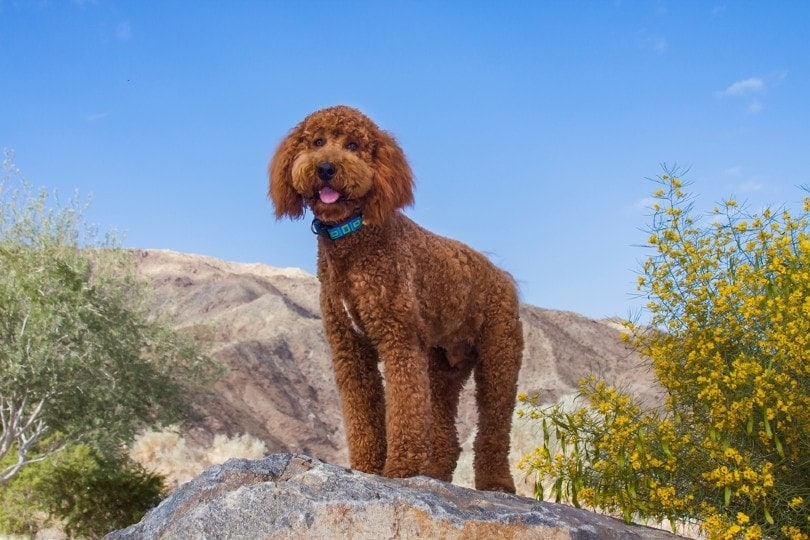
Training
Labradoodles come from two obedient, highly trainable parent breeds, so it’s no surprise that they’re highly trainable. A strong bond and consistency are key to taking care of this breed so that bad habits don’t form, but once a good training relationship is established, most Labradoodles are a joy to work with.
Exercise
Labradoodles are also high-energy dogs, and they need a similar amount of mental and physical exercise to Poodles. They do best with access to a backyard or in a more spacious home, but they also need solid social exercise time with their owner to keep them happy and stimulated.
Coat and Grooming
Labradoodle coat care varies depending on which parent breed they resemble, but an average-coated Labradoodle has moderate grooming needs. They generally need a trim every 12 weeks or so and will need regular bathing and weekly brushing. This lower-maintenance coat is a great perk of getting a Labradoodle, but you should still expect some shedding and Labradoodles aren’t ideal for dogs with serious allergies.
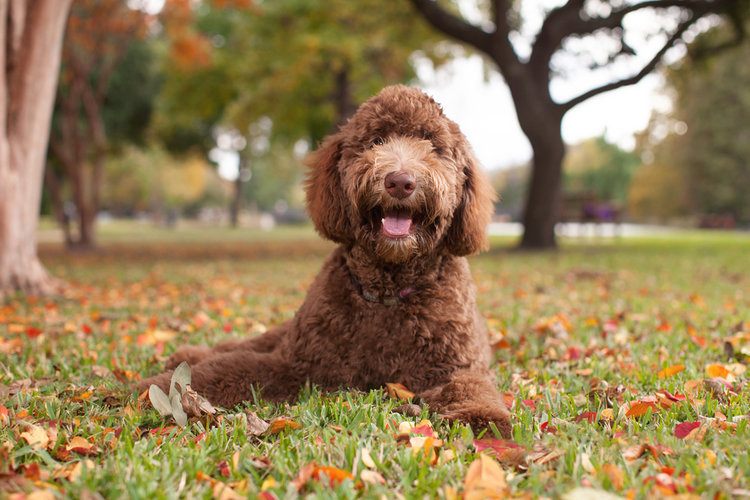
Suitable For
Labradoodles are great family pets and can do well with individuals as well. They generally need a little more space to run and apartment living can be a challenge, especially for standard-sized Labradoodles. Labradoodles also require some solid exercise time every day, so owners should be prepared for the commitment. Their coats are generally lower maintenance than Poodles and hypoallergenic properties vary from dog to dog, but many Labradoodles work well for owners with mild allergies.
Which Breed Is Right for You?
Poodles and Labradoodles have a lot of similarities, which isn’t surprising since one is the ancestor breed of the other. Both dogs have similar care needs and want lots of exercise and mental stimulation because they are so intelligent and energetic. Both dogs also have similar personalities, although Poodles tend to be more reserved, and Labradoodles are a little more likely to be laid-back and even outgoing.
The biggest differences between Poodles and Labradoodles are in size and coat. Poodles tend to be smaller, especially when considering Miniature and Toy Poodles. Both Miniature and Standard Labradoodles are heftier than their Poodle counterparts. Labradoodles also have a lot more variation in coat, with an overall less hypoallergenic but lower-maintenance coat.
See also:
- Double Doodle vs. Labradoodle: The Key Differences (With Pictures)
- Labradoodle vs Bernedoodle: The Differences (With Pictures)
Featured Image Credit: (L) Chili71, Pixabay | (R) Josh Borup, Pixabay




